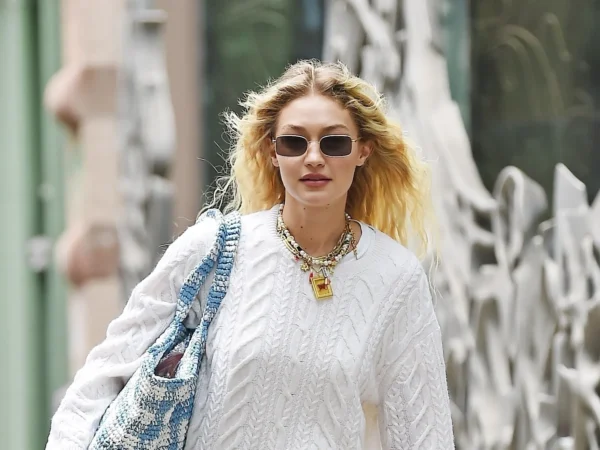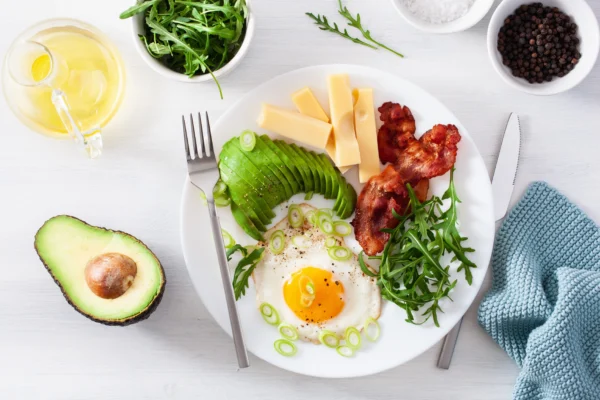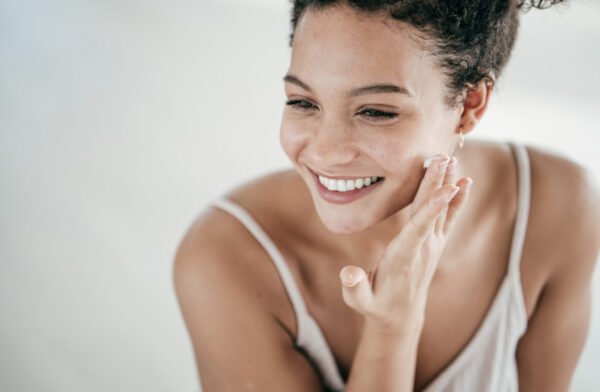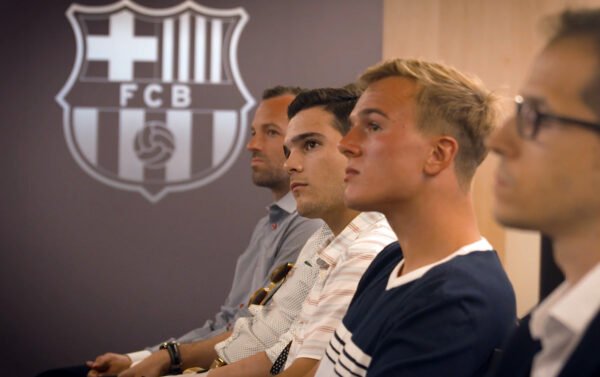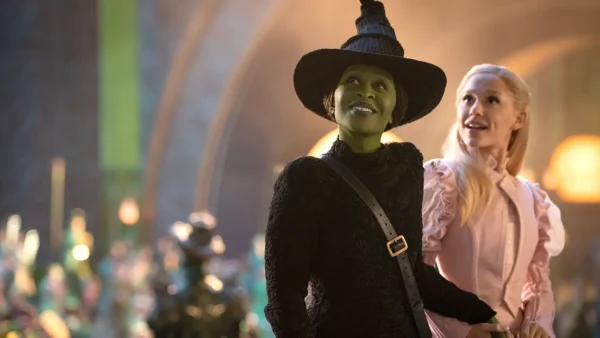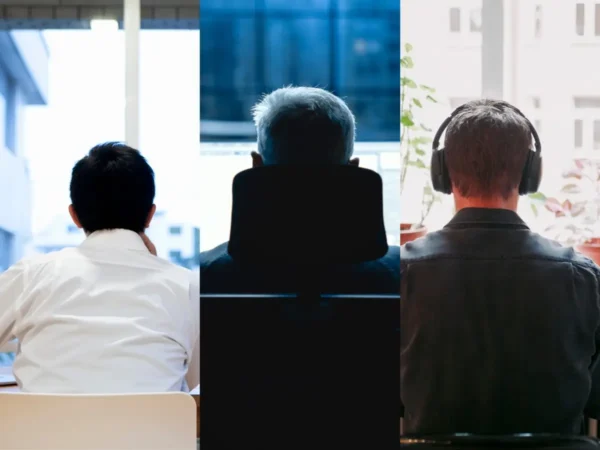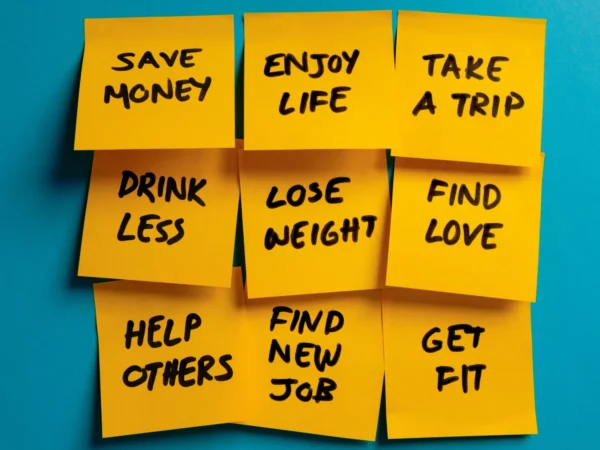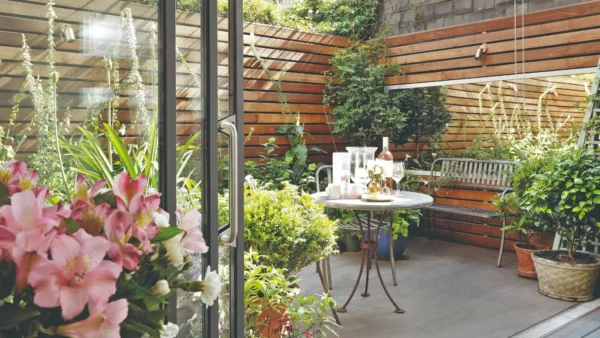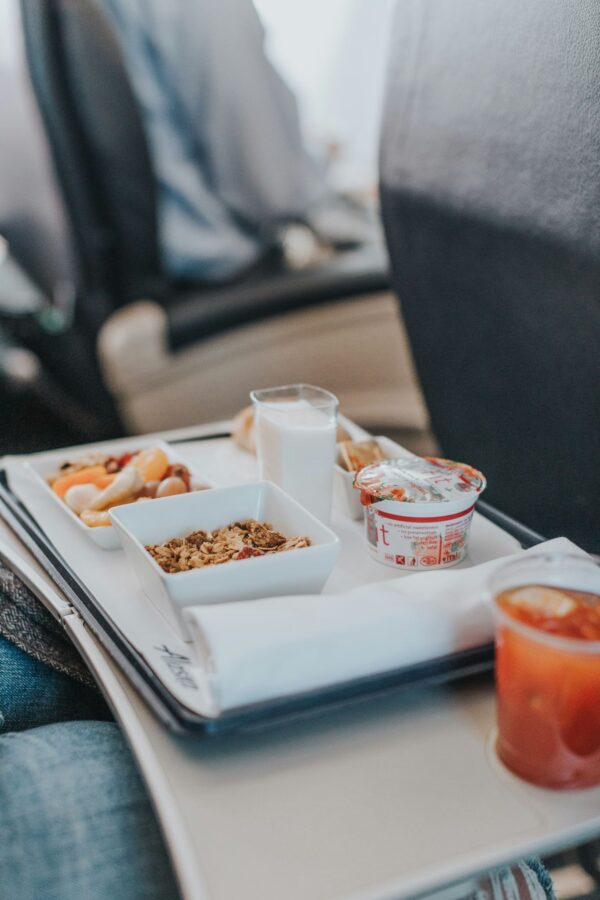
How Top Retailers Mastered Social Media

Friends, family, and celebrities typically fill the bulk of the average Instagram feed, but plenty of retailers also make the cut. As almost 40% of users are following their favourite brands on social media, it’s no wonder that retailers are so invested in their online presence nowadays. Businesses have to follow a few simple rules to maintain a strong profile: regularly update content, make sure all posts are attractive and relevant, and respond to feedback, both good and bad. However, plenty of brands have gone above and beyond with their social media strategy and manage to engage with their clientele in innovative new ways. Read on to see how some of the world’s top retailers mastered social media.
Instagrammable shop floors

Of Instagram’s 1 billion users, 500 million are active on the platform every day, and 80% of all accounts follow a business. This indicates that the vast majority of users intend to use Instagram to find out about products and services, making the social media site a crucial marketing resource.
As well as using the platform to push products, retailers can also entice potential customers by sharing photos of the shop floor. Promoting a store that looks unique and striking means more people are likely to engage with the post and be more willing to visit in person. Shots of the best-looking stores could even make it onto the customers’ personal profiles. For example, Charlotte Tilbury collaborated with specialist retail store interior designers Form Room to turn its Selfridge’s concession into a luxury boudoir. This included focal points like a plush seating area framed by ornate palm tree chandeliers, providing the perfect backdrop for customers to pose against for social media.

Having customers share posts about a business to their own social network provides an opportunity to attract a new audience, serving as free and valuable extra advertising. Therefore, creative and thoughtful interior design is well worth the time, money, and effort of retailers.
Interactive social media filters boost engagement
An average of 3.5 billion snaps are sent every day and 70 million daily active users will add filters to their pictures. Like Instagram, this means that Snapchat serves as free advertising for retailers, especially with geofilters. This can be even more beneficiary, considering customers have to physically enter the store to access the most original lenses.

Many retailers have introduced these special Snapchat overlays to boost customer engagement with the brand. For example, Sainsbury’s added a karaoke Snapchat lens to coincide with the Christmas holidays, allowing users to sing along to the organization’s Christmas advert and share footage with friends.
Filters are also a great way for retailers to advertise specific events. For example, if a pop-up shop is only open for a limited period, a filter can steer traffic towards the location with important information that grabs peoples’ attention, such as promotions or events.
Exclusive promotions through social media

Many businesses now cater promotions to their social media audience, rather than sticking to traditional advertisements in print and newsletters. This could be by offering a discount code in a tweet, advertising flash sales through an Instagram story, or by using the Facebook Offers feature. This directly reaches a brand’s Facebook following and allows them to track which customers have taken advantage of the deal.
Not only does this help businesses increase their social media following, but offering promotions exclusive to social media also rewards customers for being part of the network. Special vouchers offered over social media also encourage customer loyalty and provide an incentive for shoppers to keep returning.
User-generated content strategies
Social media allows retailers to find and promote customer advocates from around the world. In addition to a strong marketing campaign, emphasizing current customers who endorse a company’s products is a great way to boost business.
There are many ways to do this, and one of the easiest is simply by reposting images featuring the retailer’s products. Vans will often find photos of customers wearing its shoes and then repost to its own Instagram account, crediting the customers. Whereas Glossier frequently reposts screenshots of positive tweets related to the brand and its products. In some cases, brands will encourage discussion within the comment section of posts, allowing fans to interact with the brand and each other.
ASOS is another example of a retailer that has made the most of user-generated content. The brand previously encouraged customers to share photos featuring ASOS garments, marked with the hashtag #AsSeenOnMe. All posts were then aggregated onto the website, offering customers a unique chance to browse and buy items styled and modelled by the general public. Though the feed is no longer active, the hashtag is still popular on social media today.
User-generated content has proven to be a particularly effective marketing tool as it emphasizes authentic brand truths that are far more likely to resonate with potential customers. Approximately 61% of people would be more likely to engage with an advertisement containing user generated content. Nailing a great user-driven campaign is likely to have a far bigger impact than an expensive photoshoot, which is why retailers continue to come up with creative ways to involve customers across their social media profiles.







